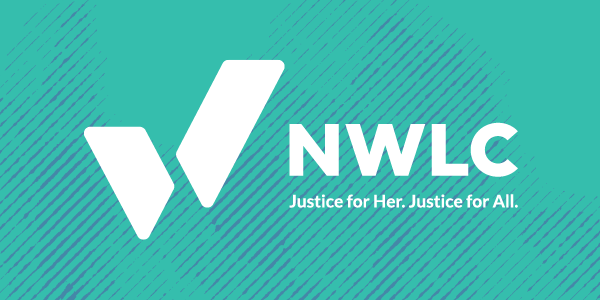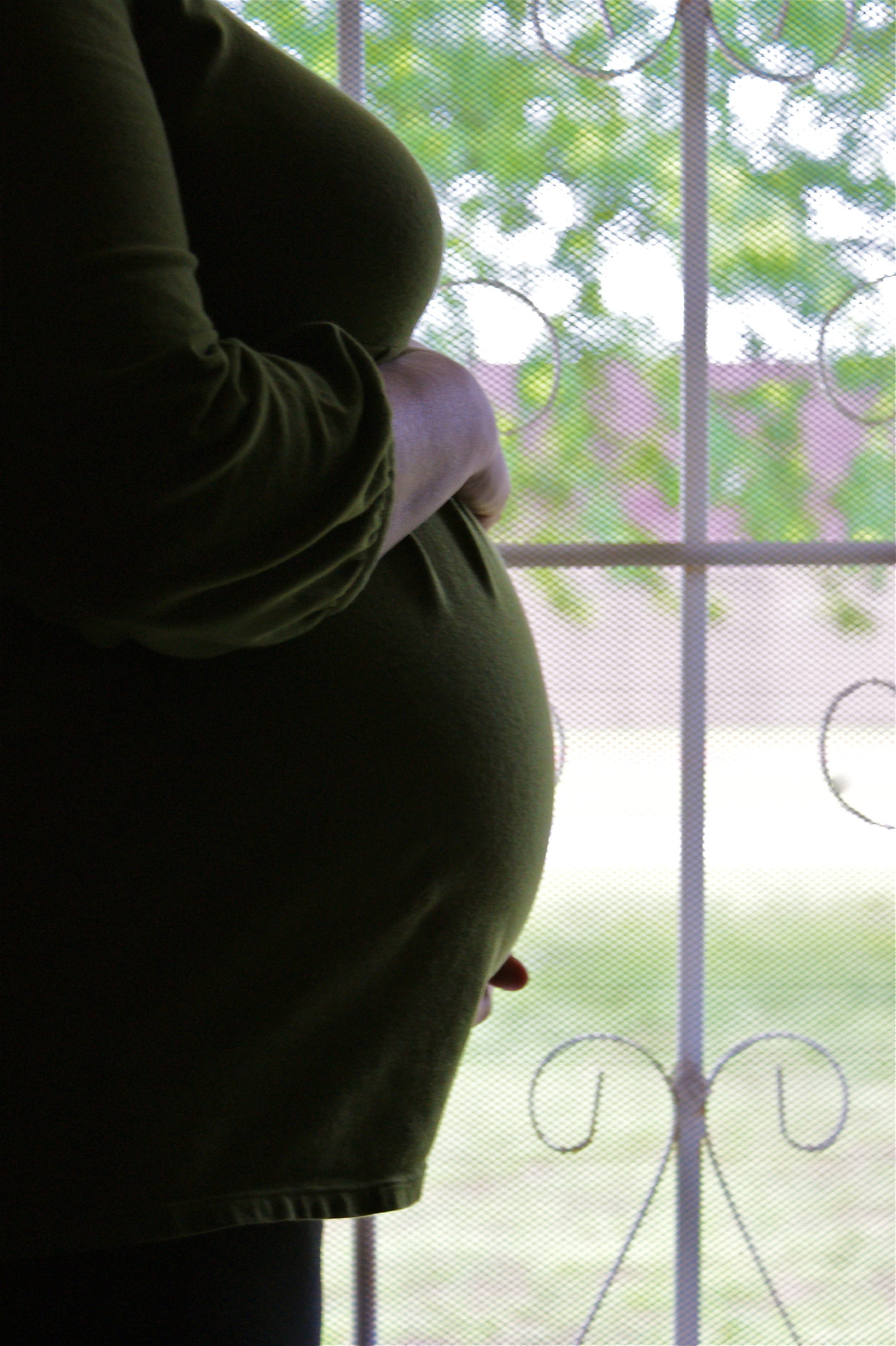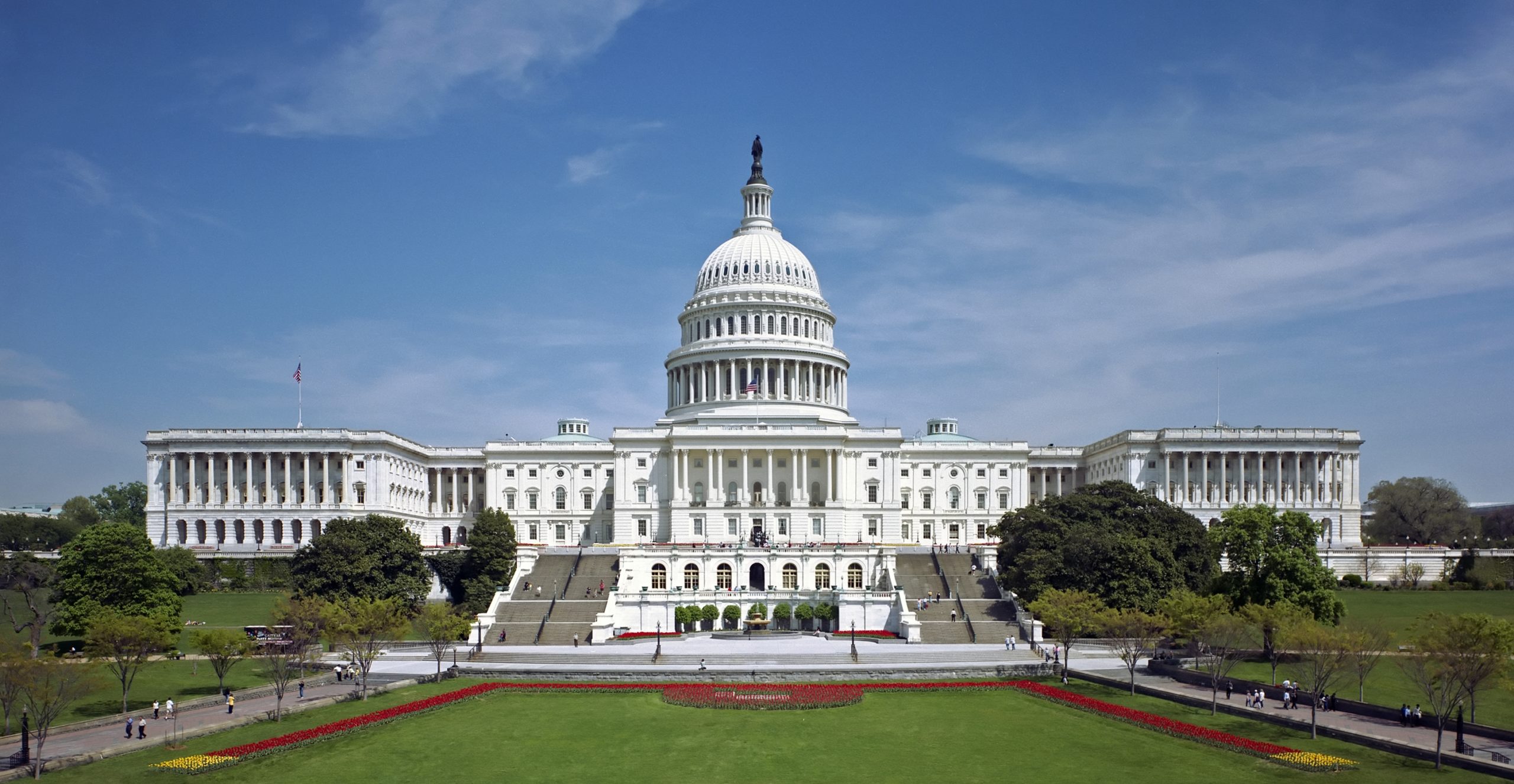As a second Trump administration approaches, we’re running out of time to confirm as many federal judges as possible to provide a check on his presidential power and curb his stated policy priorities.
Five Things You May Not Have Known About Women in the Federal Workforce


Yesterday the President ordered a freeze on hiring in the Federal government, which means essentially that most open positions will go unfilled and no new positions will be created until further notice. A lot of people are asking what that means for the federal workforce so we thought we’d point out five interesting facts from U.S. Census data about women in the federal workforce.
1. There are 1.6 million women in the federal workforce.
Women currently make up a little less than half (44%) of the federal workforce. While the number of federal jobs has remained about the same in the last 10 years, the share of women working in the federal workforce has grown over time. And from 2006 to 2016 the share of women in the federal workforce grew by 19%.
2. The federal workforce includes about 374,000 black women, 163,000 Latinas, 64,000 American Indian/Alaskan Native women, 95,000 Asian women, and 13,000 Native Hawaiian/Pacific Island women.
The federal workforce is a major source of employment for some groups of women of color, where they make up a greater proportion of the female workforce than in the private sector. For example, Black women make up 22% of the female federal workforce but only 13% of the private wage/salary sector, and American Indian/Alaskan Native women make up 3.8% of the female federal workforce but only 1.1% of the private sector. Historically, federal employment has been an important path to the middle class for people of color. In contrast, white non-Hispanic women make up less (57%) of the female federal workforce but more of the (62%) of the private sector.
3. The wage gap for women in the federal workforce is 30% less than in the overall workforce.
Women in the federal workforce make 86 cents to every dollar made by a man in the overall workforce, compared with 80 cents to every dollar made by a man overall workforce. And this isn’t because federal government employees are “overpaid” compared with private sector workers, a common argument for reducing public sector wages and cutting jobs. When controlling for education, federal government workers are paid about the same as those in the private sector.
4. Women who are veterans are more likely to be in the federal government workforce.
Of women who are veterans, 17% (about 145,000 women) work for the federal government. This is compared with only 9.7% of women veterans who work in the private wage/salary sector. Because veterans receive preferential status in federal hiring, a freeze may disproportionately hurt this group of women.
5. Six percent of women in the federal workforce are members of a union compared with 2% in the overall workforce.
Women who are members of a union generally fare better than those that aren’t – they tend to have higher median wages and more equal pay.
Federal employment is important for millions of women to support their families, and is a pathway toward equal pay for equal work for women, especially women of color. Federal hiring freezes have historically done little to curb federal spending, and in some instances have resulted in major disruptions in service and higher costs in the long run to tax payers. It may have a real impact on women’s job growth and equal opportunities as well.




